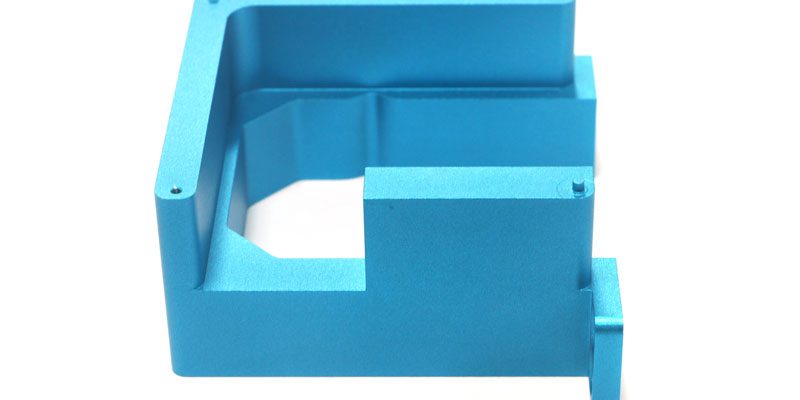Surface Treatment Techniques for CNC Machined Parts
Metal Surface Finishing can be subdivided into various techniques, including metal oxidation, painting, electroplating, surface polishing, and corrosion processing.
Surface Treatment of Metal Parts:
- Oxidation Treatment: Metal manufacturers, primarily dealing with aluminum parts, often apply oxidation treatment to harden the surface layer of metal products, making them more resistant to wear and tear.
- Painting: Large metal products, such as daily commodities, electrical enclosures, and handicrafts, undergo painting processes in manufacturing to prevent rusting and enhance appearance.
- Electroplating: Electroplating is one of the most common metal processing techniques. It involves coating metal parts with a layer of metal through modern technological processes, ensuring prolonged usage without corrosion or rusting. Common electroplating applications include screws, stamped parts, battery plates, automotive components, and small ornaments.
- Surface Polishing: Surface polishing is commonly applied to consumer goods to remove burrs and sharp edges, thereby ensuring safety during usage. For instance, in the production of metal combs, the sharp edges resulting from stamping are polished to create a smooth surface, preventing harm to users.
The choice of post-processing method for CNC machined parts primarily depends on the technical requirements of the surface finish. However, it’s essential to note that these requirements may not necessarily align with those specified in the part drawings. Sometimes, due to process reasons, certain aspects of surface finish requirements may exceed those specified in the drawings. For example, adjustments may be made to surface finish requirements due to misalignment of benchmarks. Alternatively, higher processing requirements may be imposed if a part serves as a reference standard.
Once the technical requirements for the surface finish of CNC machined parts are established, the appropriate post-processing method can be selected to ensure compliance with these requirements. Factors to consider when selecting the processing method include:
- Achievable Precision and Surface Roughness: Each processing method has a range of achievable precision and surface roughness, but economic viability lies within a narrower range termed as the economic processing precision. Therefore, the method selected should align with the economically viable processing precision.
- Material Properties of CNC Machined Parts.
- Structural Shape and Size of CNC Machined Parts.
- Productivity and Economic Requirements: For mass production, efficient and advanced processes should be adopted to reduce labor costs. Fundamental changes in the manufacturing method of the blank can even be considered to minimize machining efforts.
- Existing Equipment and Technical Conditions of the Factory or Workshop: Utilizing existing equipment to its fullest potential while exploring avenues for improvement and innovation is essential. Continuous enhancement of processing methods, adoption of new technologies, and improvement of technical proficiency should also be considered.

